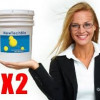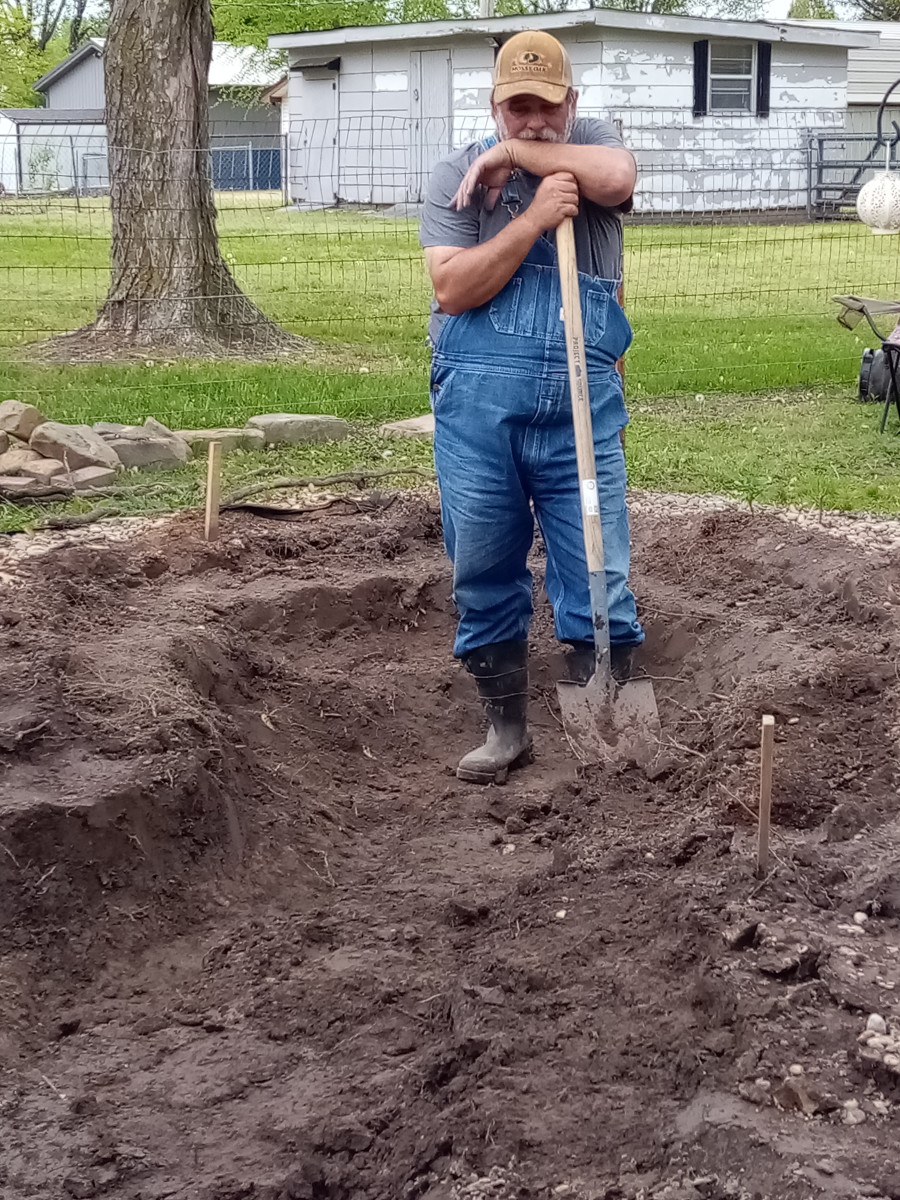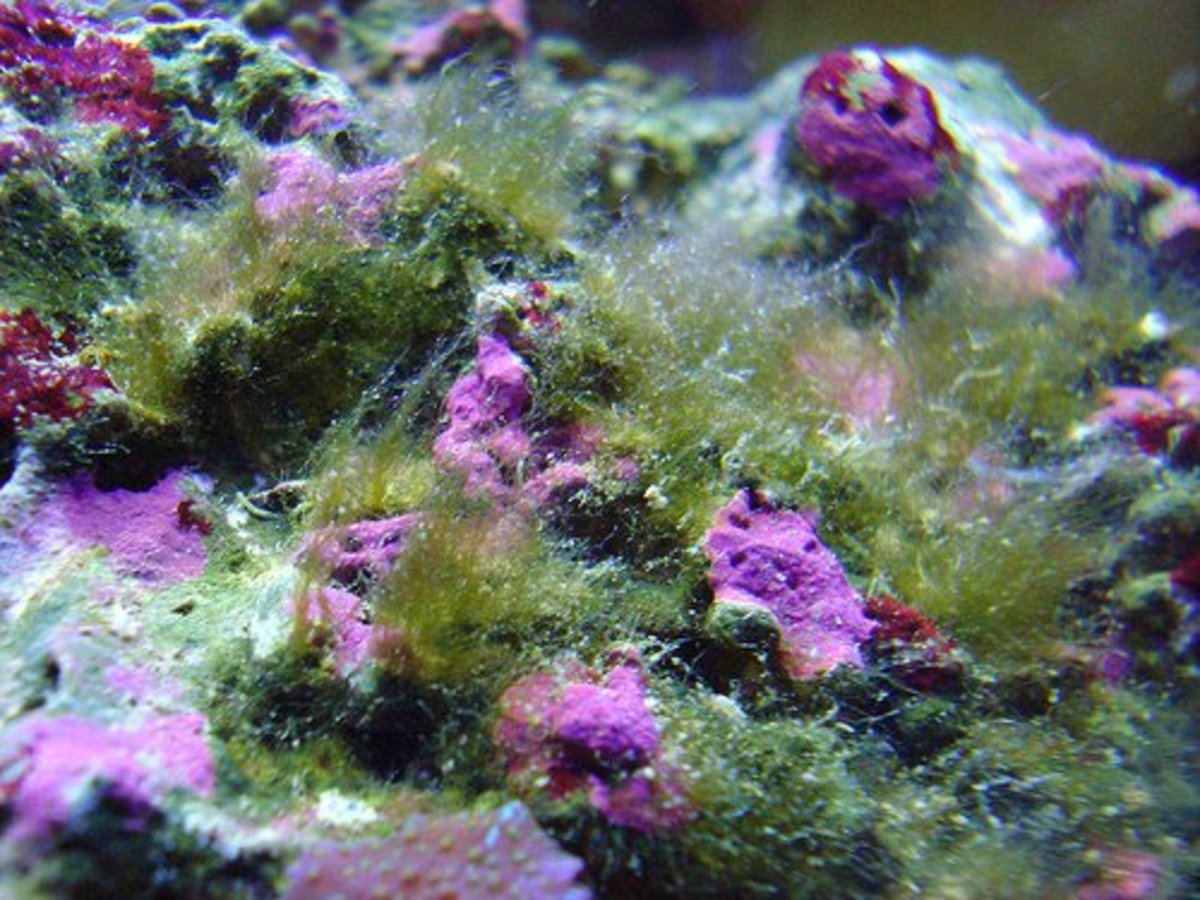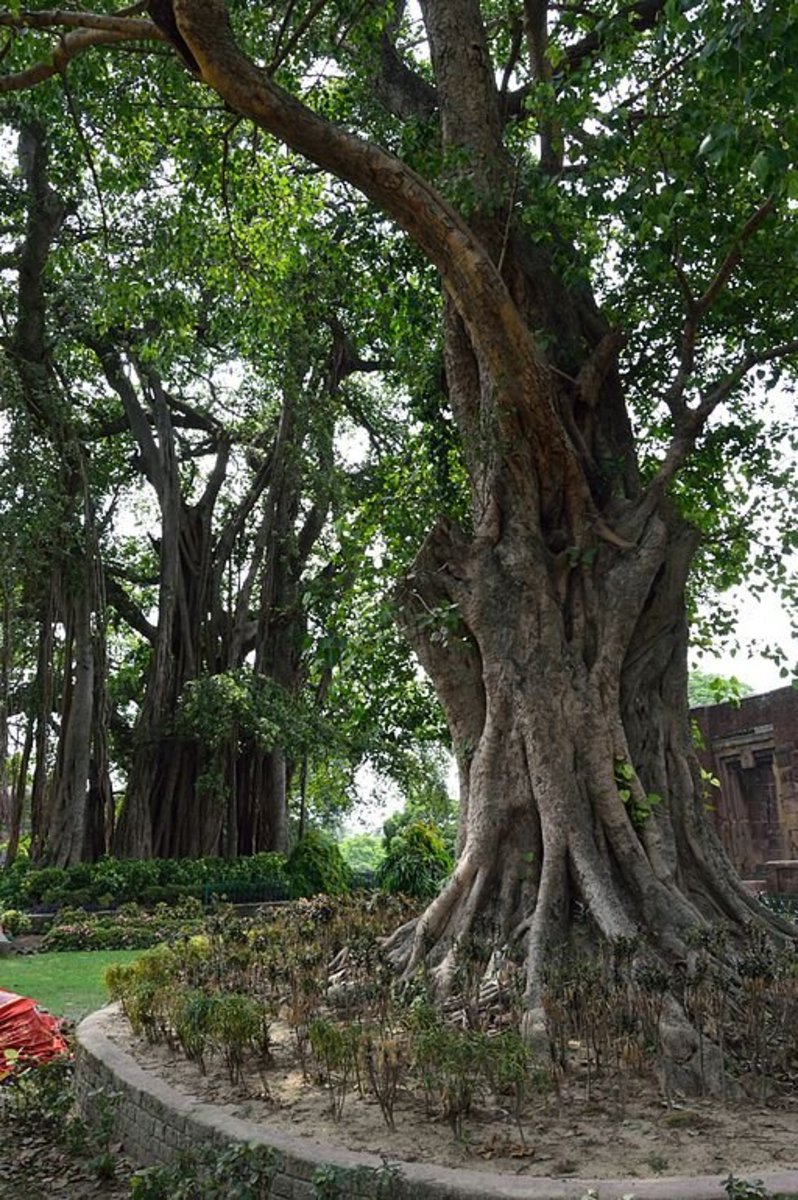When You Have Pea Soup for Pond Water
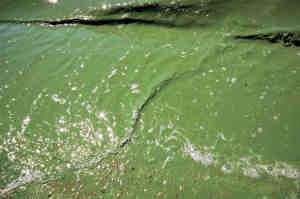
As a responsible pond owner, you are left with the responsibility of taking good care of your aquatic centerpiece. A pond has a healthy population of algae, to balance out the dissolved oxygen and nutrients in the water. Yet, when all the right components are present, the algal population can take over. This makes your pond an eyesore, instead of an eye candy.
One of the most common pond algae is the planktonic algae. Also known as pea soup algae, Closterium, Aphanizomenon, Anabaena, and Chlamydomonas, planktonic algae are known to be the primary source of food in the aquatic food chain of rivers, lakes, and ponds.
Identifying Pea Soup Algae
The change in the pond water’s color is always the first indicator of planktonic algae infestation. In severe cases, the pea soup appearance is present. Planktonic algae form the green, jelly-like masses on the surface of the water. This is very unsightly, indeed.
Planktonic algae are free-floating and microscopic. This species of algae is a normal inhabitant of surface waters, such as your pond. Pea soup algae or green water algae is healthy for ponds in normal levels because it is a good source of food for aquatic organisms.
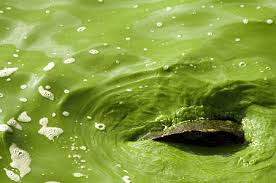
Problems Associated with Pea Soup Algae
Planktonic algae bloom to nuisance levels, when all the components are present in abundance. You’ll definitely know if they’re present if you see a dramatic change in the pond water’s color. It will turn green or blue-green, much like pea soup. The greenish tinge is actually the accumulated microscopic growth of the algae. It is suspended in the upper level of the water, about a few feet deep. The pea soup appearance indicated that the planktonic algae have proliferated way above normal levels. If you scoop a sample of the water, it would appear thick and green because of extreme infestation.
When planktonic algae or blue-green algae decay, they release toxic substances. This is dangerous if you have pets that roam freely in your yard. If you think that your pond may be having too many planktonic algae in your pond, keep your pets away with some fencing.
What Causes Pea Soup Algae Take Over?
Like other species of algae, pea soup algae produce their own food through the process of photosynthesis. The essential factors in photosynthesis are sunlight, water nutrients, and carbon dioxide.
Algae love sunlight. The light enables them to manufacture more food. More food gives way to faster metabolism of all organisms in the water. An increased metabolism results to faster excretion of waste. The waste products add to the water’s nutrients, which help pea soup algae produce more food. Because pea soup algae reside near the surface of the water, they bathe in abundant sunlight, which helps them manufacture more food.
Runoff and excess fertilizer also add to the nutrient content in your pond. This, combined with abundant sunlight and the carbon dioxide released by aquatic organisms, allow pea soup algae to make a fortress out of your yard pond.
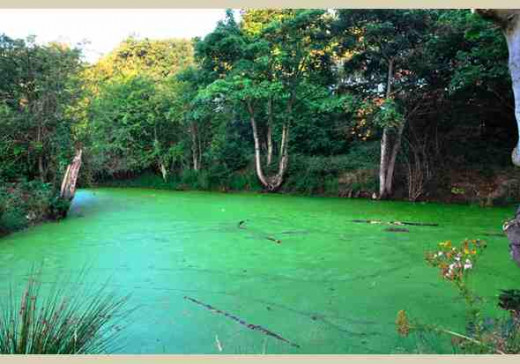
Removal of Pea Soup Algae
Your pea soup algae problem needs to be toned down.
Physical removal of pond scum algae can only be done by replacing your pond water. You can never remove them successfully with the use of rakes, cutters, or nets.
Biological removal is not possible because you can never increase the population of zooplankton to consume the pea soup algae efficiently.
Prevention of Pea Soup Algae
Below are some methods in preventing pea soup algae:
- Enzymes and bacteria. These can help break down decaying organic materials in your pond. The bacteria compete with the pea soup algae for the nutrients present in the water.
- Helpful aquatic plants. When you add aquatic plants to your pond, you deprive the pea soup algae of the nutrients they need to make their own food. If they don’t have anything to consume, they cannot proliferate anymore.
- Shades. Installing shade over your pond water prevents abundant sunlight from reaching the pea soup algae. This inhibits the process of photosynthesis.
- Floating islands. These products are organic, biological filters, which help remove excess nutrients in the water.
- Waterfalls and fountains. Aeration features such as fountains and waterfalls circulate oxygen in the pond water. This gets rid of the carbon dioxide in the water. If there are low levels of carbon dioxide, the pond scum algae can’t produce their food.
- Pond dyes. Pond dyes darken the water. This prevents sunlight from entering the pond.
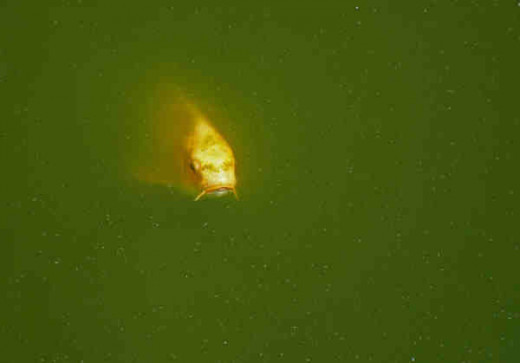
Chemical or Natural Algal Control
Some pond owners prefer natural methods. Others like chemical control. To get a more favorable result, you need to combine these two methods. Ultimately, your pond’s balance should be maintained, especially if your want to keep your pond fish.
Chemical control of algae makes use of algaecides, which readily inhibits or kills every type of algae. These products contain simazine, potassium permanganate, or chelated copper. Using algaecides should be done with caution because too much can result to a fish kill. Note that chelated copper does not harm vascular plants, but it does stunt the growth of water hyacinths and other plants that get their nutrients directly from your pond water.
The given chemicals in algaecides work best to prevent pea soup algae. If you use them to kill the pea soup algae, your fish will surely die off because of the ammonia, which results from the decomposition of the dead algae.
Water clarifying chemicals work best in clearing your pond of pea soup algae. These chemicals will not harm aquatic plants or fish.
The Balance
Balance in your pond should be your ultimate goal. To achieve this, you should limit the nutrients and sunlight they get. Adding more shade in the form of overhead structures and water lilies are beneficial. You can also install a gutter system around your pond, to divert the leaching fertilizer and runoff away from the pond water. Filter systems are also good in eliminating debris, which add to the nutrients in your pond water. Just make sure you clean your filters regularly.
You can make your pond balanced. Prevention is much better than cure, so it is easier to keep pea soup algae at bay, than actually getting rid of it. You need to be hands on, in monitoring your pond’s water condition. It may be challenging because of your schedule and social life, but if you want to have a place of relaxation, you need to take control.
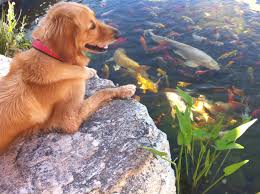
Pea soup is comfort food to many, but if you see your pond as a giant bowl of pea soup, it becomes scary. Pea soup algae are just one species of the stubborn pond algae you have to deal with as a pond owner. If you have an extreme level of pea soup infestation, you can consult a pond expert to make sure that the treatments are done correctly and safely. Be on top of it and you will enjoy your pond for a very long time.
